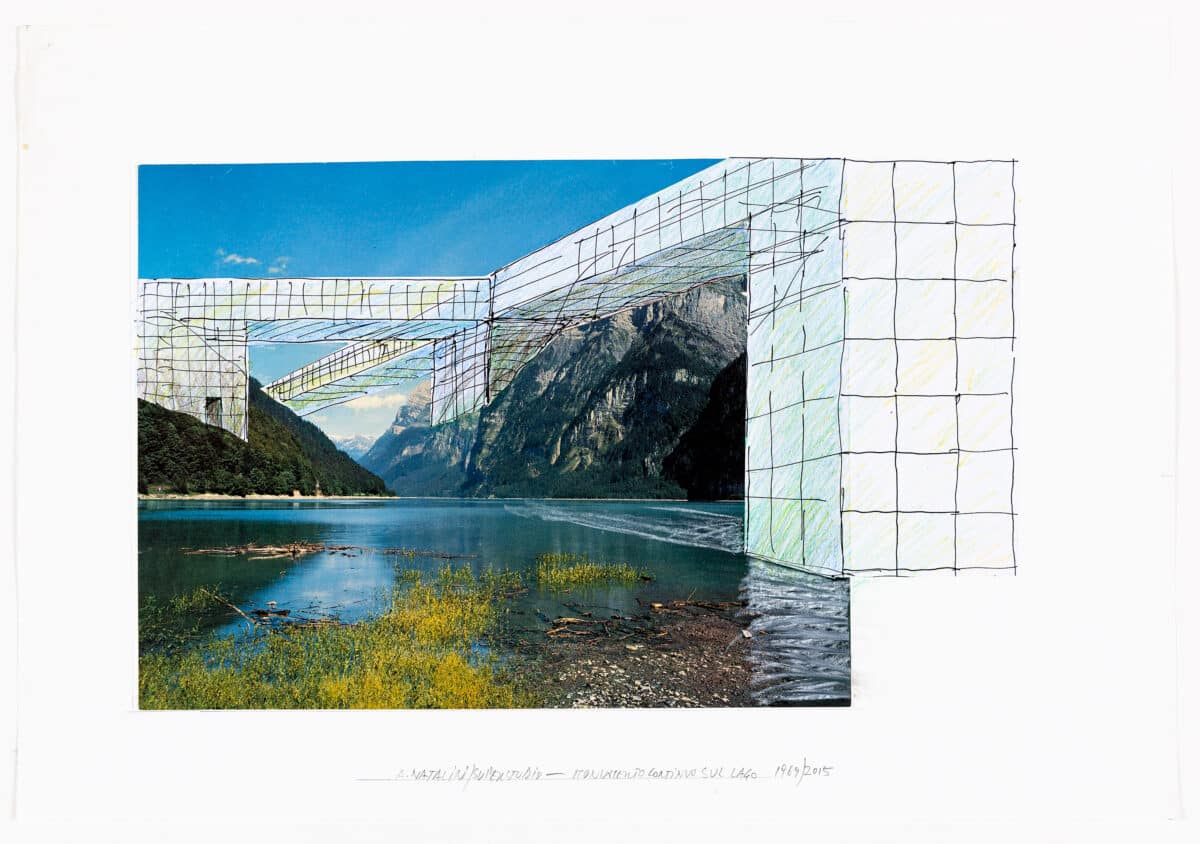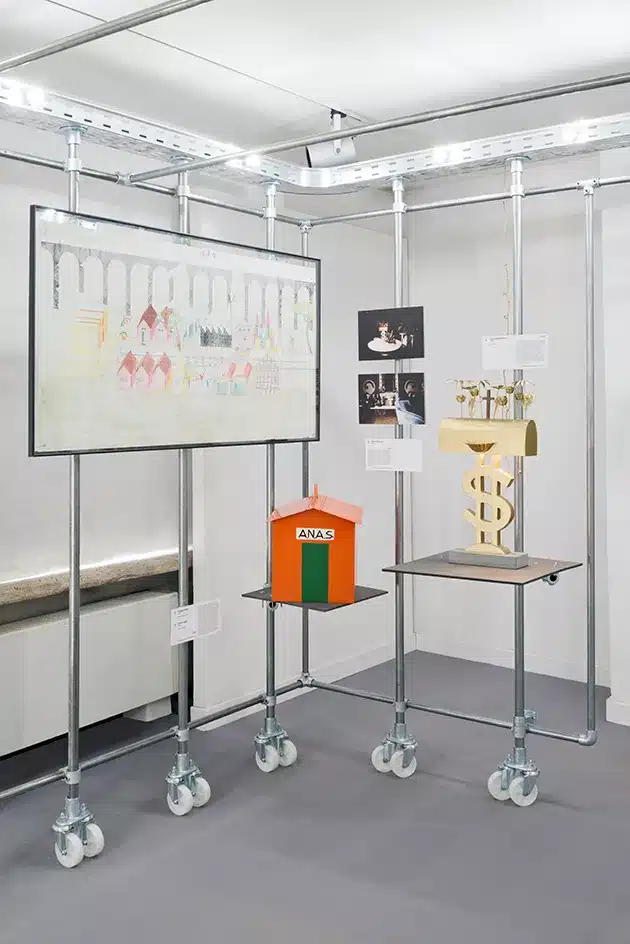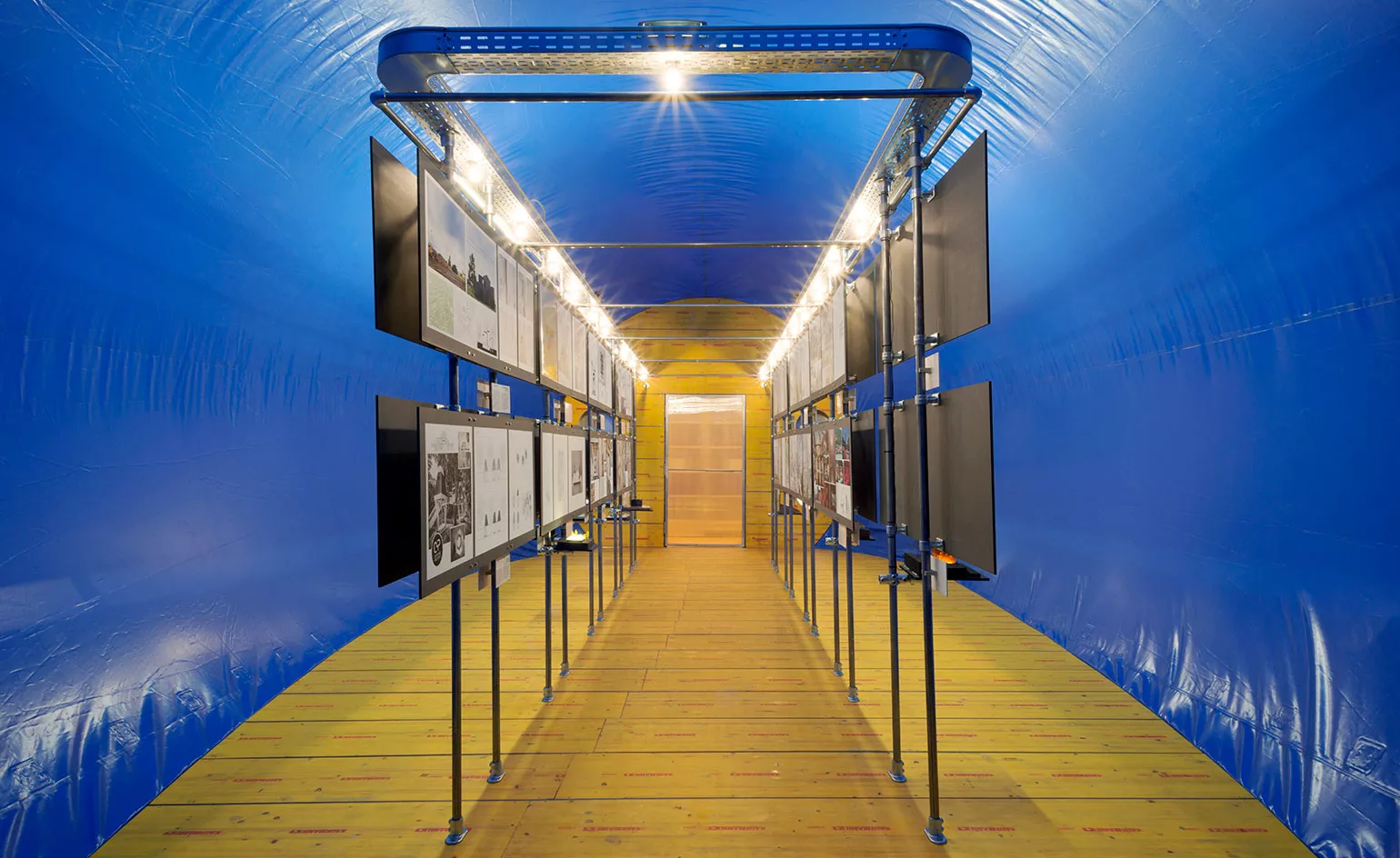Invisible Architecture – Blurring Boundaries

19 January – 26 March 2017, Museo Carlo Bilotti, Rome
Curated by Rita Elvira Adamo, in collaboration with Cristiano Lippa and Federico Scaroni

(Image credit: Anna Positano, Fabrizio Vatieri /Opfot.com)
In the second half of the twentieth century, on opposite sides of the world, two collectives formed. They both asserted the primacy of life over buildings, the Japanese Metabolists hoping to force architecture to become cellular and organic, the Italian Radicals wholly turning away from construction until they could align communal care and human integrity with sprawling urbanism.
The exhibition ‘Invisible Architecture’ at the Museo Carlo Bilotti celebrated 150 years of cooperation between Italy and Japan through the places where these two groups illuminate each other and explored how their different visions reflect the cultural divergences of the two nations.


(Image credit: Anna Positano, Fabrizio Vatieri /Opfot.com)
